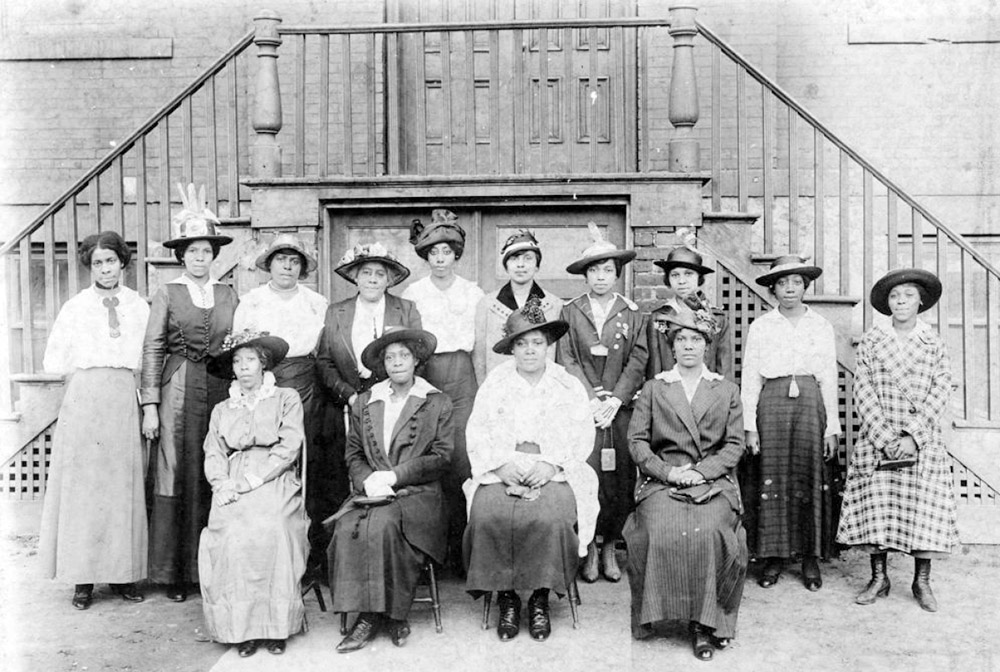African American Woman’s Club Movement
Page Content

Because woman suffrage organizations generally did not welcome black women as members, they formed their own groups. Begun in 1899, this club was an affiliate of the National Association of Colored Women. It was named for the first African American poet to be published: Phyllis Wheatley Club, Buffalo, New York. (Courtesy of Library of Congress)
Because woman suffrage organizations generally did not welcome black women as members, they formed their own groups. Begun in 1899, this club was an affiliate of the National Association of Colored Women. It was named for the first African American poet to be published: Phyllis Wheatley Club, Buffalo, New York. (Courtesy of Library of Congress) In the early 20th century, black women were excluded from many national suffrage organizations like the National American Woman Suffrage Association. Instead, they used social clubs as a vehicle to accomplish their goals of change and reform. These clubs became the backbone of the woman suffrage movement in the African American community. Hundreds of clubs mobilized for the vote between 1900 and 1920. Most clubs were organized from the top down, with leadership directing club strategy. Although some of the clubs represented significant numbers of working-class women, many club leaders were educated members of the middle-class.
Some clubs were independent and locally focused – formed in churches or neighborhoods to aid the community. Others were affiliated with national organizations such as the National Association for the Advancement of Colored People, the Baptist Women’s Auxiliary, and the National Association of Colored Women. A few belonged to secret societies such as sororities of college women and their alumnae or women’s auxiliaries of Masonic orders. In addition, there were a small number of organized trade union women and black women’s suffrage clubs.
In Chicago, Ida B. Wells’ Alpha Suffrage Club published a newsletter, the
Alpha Suffrage Record, which sought to educate African American residents about candidates and local issues that would appear on the ballot. Over 60 members of the club traveled to Washington D.C. and marched in the 1913 suffrage parade in front of the White House.
Next: Mobilizing the African American Community >